Archives
- 2025-12
- 2025-11
- 2025-10
- 2025-09
- 2025-03
- 2025-02
- 2025-01
- 2024-12
- 2024-11
- 2024-10
- 2024-09
- 2024-08
- 2024-07
- 2024-06
- 2024-05
- 2024-04
- 2024-03
- 2024-02
- 2024-01
- 2023-12
- 2023-11
- 2023-10
- 2023-09
- 2023-08
- 2023-06
- 2023-05
- 2023-04
- 2023-03
- 2023-02
- 2023-01
- 2022-12
- 2022-11
- 2022-10
- 2022-09
- 2022-08
- 2022-07
- 2022-06
- 2022-05
- 2022-04
- 2022-03
- 2022-02
- 2022-01
- 2021-12
- 2021-11
- 2021-10
- 2021-09
- 2021-08
- 2021-07
- 2021-06
- 2021-05
- 2021-04
- 2021-03
- 2021-02
- 2021-01
- 2020-12
- 2020-11
- 2020-10
- 2020-09
- 2020-08
- 2020-07
- 2020-06
- 2020-05
- 2020-04
- 2020-03
- 2020-02
- 2020-01
- 2019-12
- 2019-11
- 2019-10
- 2019-09
- 2019-08
- 2018-07
-
br Conclus o br Conflitos de interesses
2024-08-09
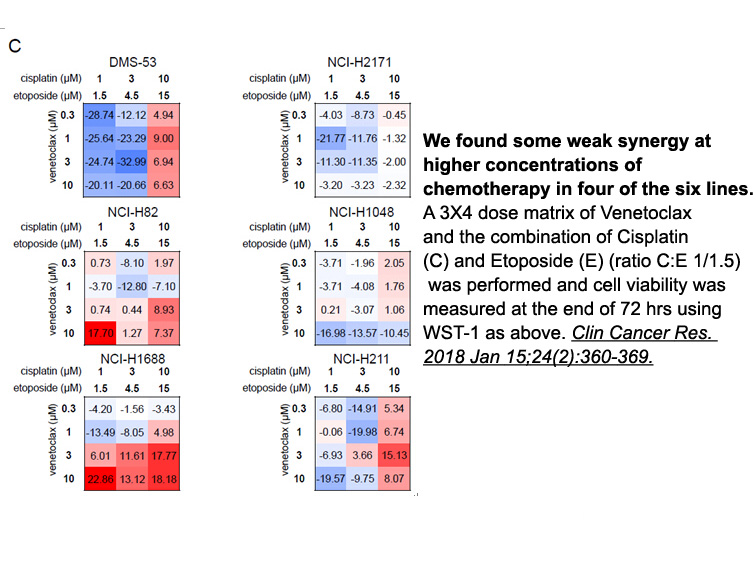
Conclusão Conflitos de interesses Alzheimer Disease: Common and Complex Alzheimer’s disease (AD) is a genetically complex, multifactorial disease that leads to neurodegenerative dementia. There is no cure for AD yet, and due to a high prevalence and continuously increasing incidence it pose
-
It thus appeared reasonable that
2024-08-09
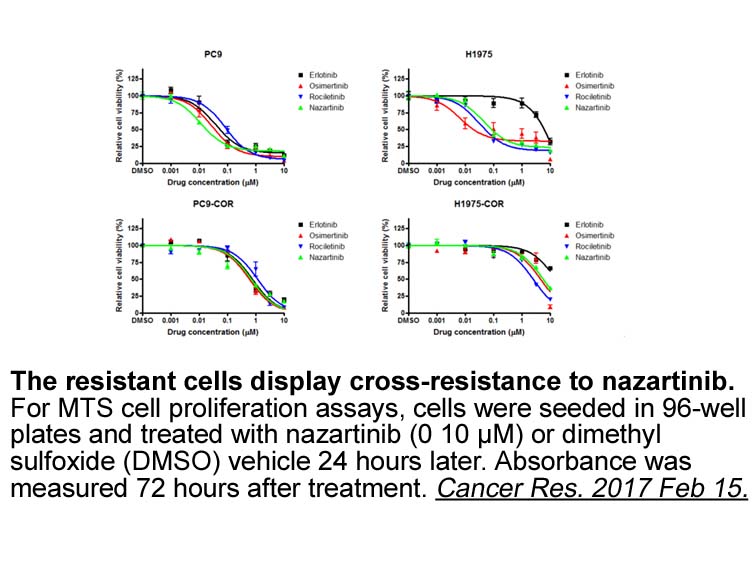
It thus appeared reasonable that AR needed to be inhibited and great experimental efforts began which are still on-going [6]. Indeed, hundreds of ARIs have been characterized but no significant drug development has followed. The case of Sorbinil, which did not pass clinical trials is emblematic [7]
-
br Concluding Remarks and Future Perspectives br Disclaimer
2024-08-09
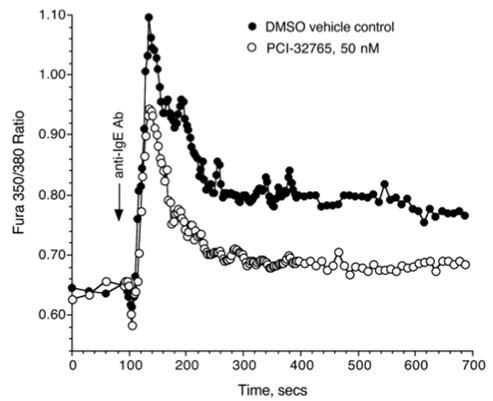
Concluding Remarks and Future Perspectives Disclaimer Statement Introduction Aldehyde dehydrogenase ALDHs (E.C. 1.2.1.3) are multigene family of NAD(P)+-dependents group of structurally and functionally related ubiquitously distributed enzymes involved in the specific and irreversible oxida
-
br Hyperadiponectinemia in disease conditions Other evidence
2024-08-09

Hyperadiponectinemia in disease conditions Other evidence indicates that hyperadiponectinemia does not necessarily always imply a healthy outcome. Indeed, a recent study suggested that hyperadiponectinemia occurs in various diseases. Given that the risk for AD and vascular dementia is increased i
-
br The Molecular Machinery of Autophagy and
2024-08-08
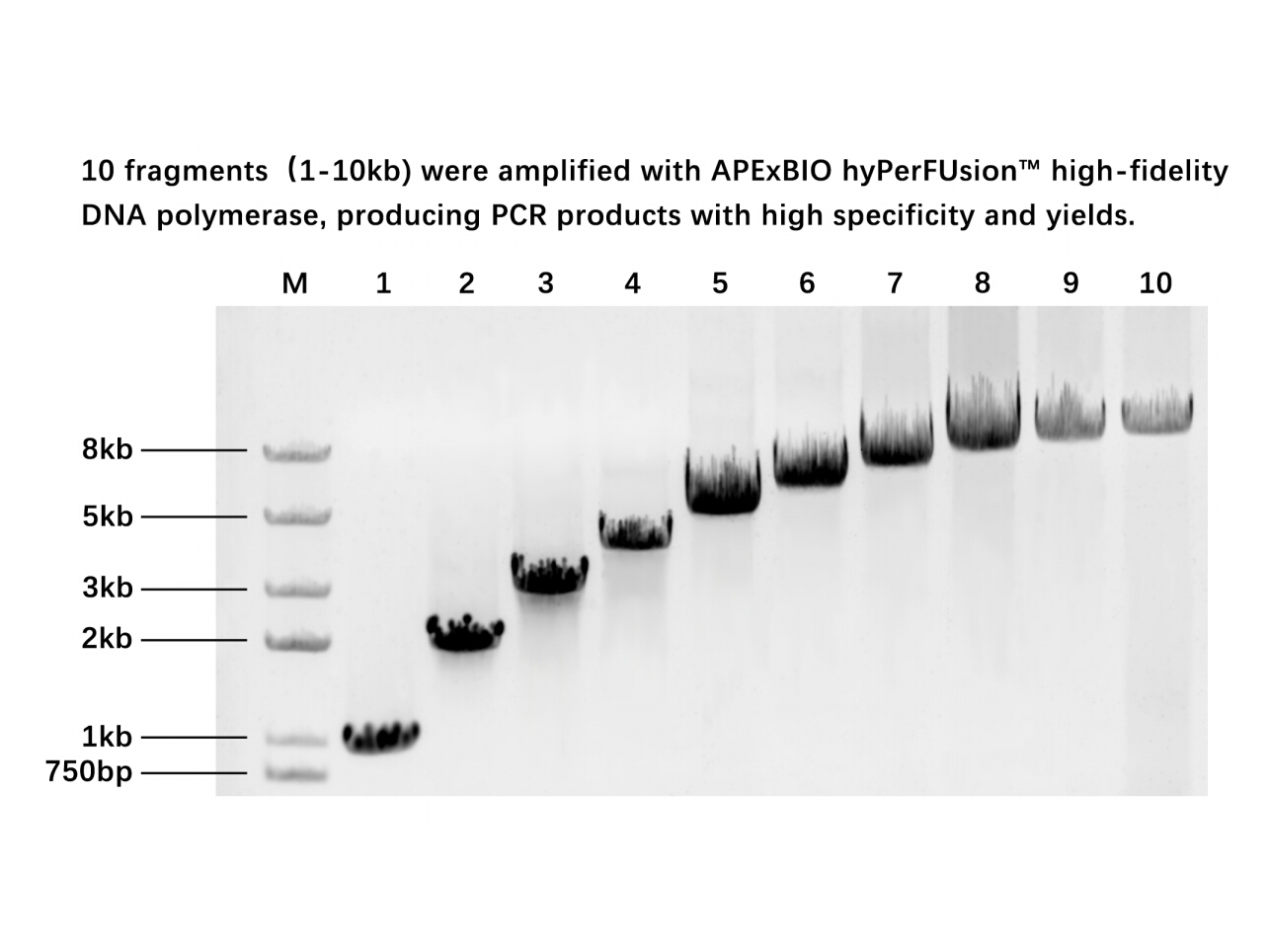
The Molecular Machinery of Autophagy and Regulation by Sphingolipids Sphingolipid-Mediated Autophagy in Cancer: Dr. Jekyll and Mr. Hyde Autophagy is an evolutionarily conserved stress response that typically promotes survival and antagonizes apoptosis. However, excessive autophagy was found to
-
Song et al reported series of triazolylsalicylamide derivati
2024-08-08
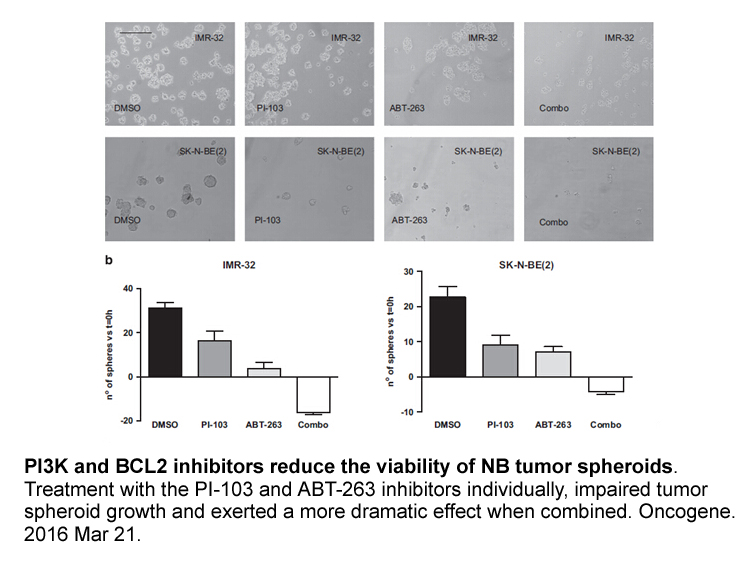
Song et al. reported series of 1,2,3-triazolylsalicylamide derivatives and screened over kinase panel and found compound 31 as most potent which inhibited Aurora-A, specifically with IC50 of 0.37 μM. Compound 31 was about 10-fold more active for Aurora-A than for Aurora-B (IC50 = 3.58 μM reported se
-
br Results br Discussion ER and GR
2024-08-08

Results Discussion ER and GR play opposite phenotypic roles in the normal endometrium, with ER promoting growth and GR inhibiting growth. Here, we show that in endometrial cancer, GR expression is associated with worse outcomes and higher-grade tumors, and this association is observed only in
-
The contractility index showed positive inotropic
2024-08-08

The contractility index showed positive inotropic effects of apelin in both doses at min 5 (Fig. 3, Fig. 5). Although the mean arterial pressure did not recover to the baseline, the contractility index increased, the relaxation index (tau) and ±dp/dt max returned back to their baseline, and left ven
-
br Materials and methods br Acknowledgement This work was su
2024-08-08

Materials and methods Acknowledgement This work was supported by the Beijing Natural Science Foundation (Grant no. 6151001), and the National Natural Science Foundation of China (Grant no. 31572516). Introduction Staphylococcus aureus is an important microorganism responsible for both clin
-
The PDZ domains of DLG interact with tumor
2024-08-08

The PDZ domains of DLG interact with tumor suppressor proteins, APC and PTEN, as well as with several viral oncoproteins such as the E6 protein present in oncogenic human papillomavirus (reviewed in [177]). It has been reported that overexpression of DLG in fibroblasts impairs the events in the G0/G
-
The most common adverse effects were ARIA which
2024-08-08

The most common adverse effects were ARIA, which occurred at higher levels than in any previous anti-Aβ mAb study. ARIA-E was observed at some point during the trial in no participants in the placebo group compared with 1 (3%), 2 (6%), 11 (37%), and 13 (41%) participants receiving 1, 3, 6, and 10 mg
-
How do increased levels of ammonia
2024-08-07
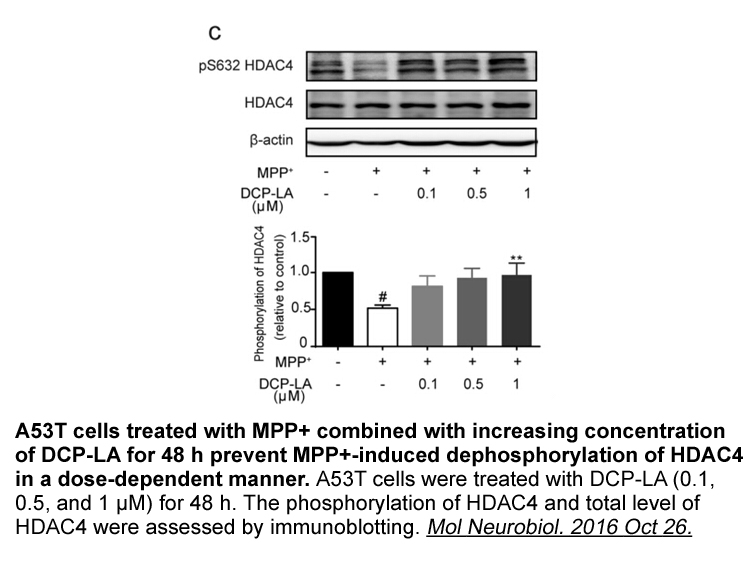
How do increased levels of ammonia as observed in clinical HE constrain synaptic plasticity? Numerous studies have investigated the modulation of signal transduction pathways activated in LTP or LTD irrespective of being necessary or sufficient for changes in synaptic efficacy (Wen et al., 2013). Ye
-
Salvia the largest genus in the family Lamiaceae comprises
2024-08-07
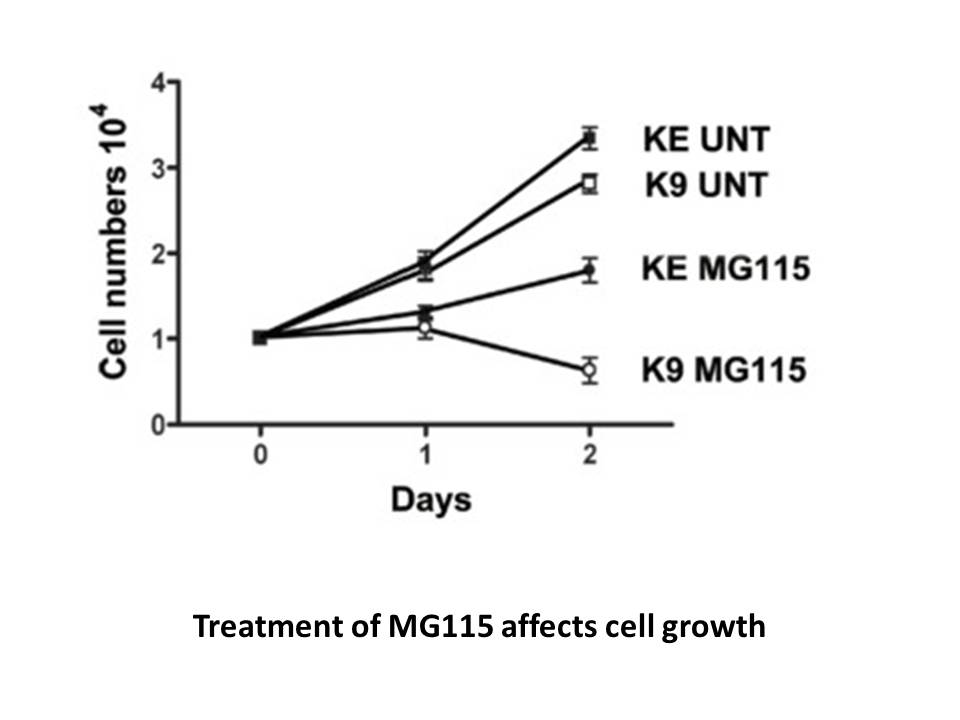
Salvia, the largest genus in the family Lamiaceae, comprises over 900 species that are distributed globally [14], [15], [16]. The genus Salvia has been assessed in many studies because it is a rich source of polyphenol compounds, of which more than 160 have been isolated from plants in the genus, so
-
A selected set of these new derivatives was then
2024-08-07

A selected set of these new derivatives was then used for functional assays at the human A1AR showing, as expected, an antagonist profile with IC50 values at nanomolar level. The same molecules showed also to be efficacious as nanomolar antagonists in a functional assay aimed at analyzing their abil
-
MicroRNA miRNA is an abundant group
2024-08-07
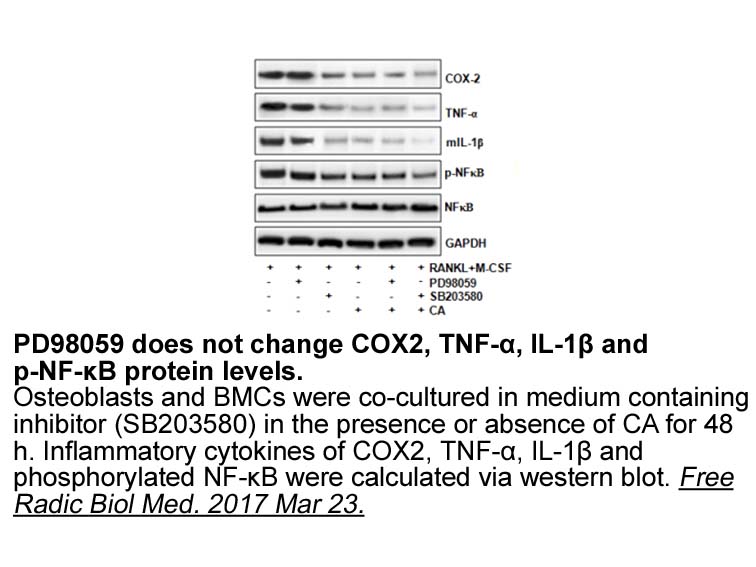
MicroRNA (miRNA) is an abundant group of small (22-nucleotide) noncoding RNA molecules that directly binds with 3′ untranslated region (UTR) of target messenger RNAs (mRNAs) to regulate gene expression, playing an important role in variety of biological processes including cell proliferation, apopto
14426 records 108/962 page Previous Next First page 上5页 106107108109110 下5页 Last page